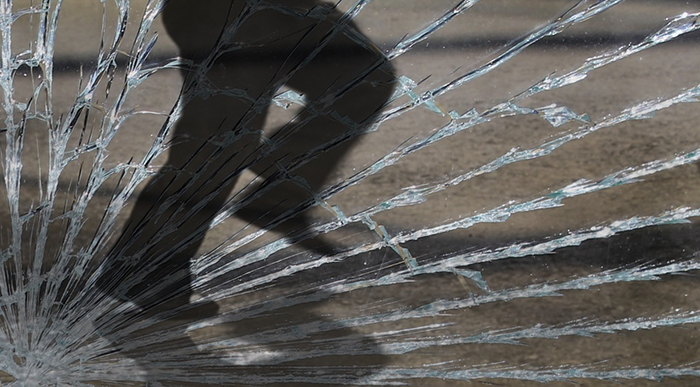In a democratic society we expect that police officers are here to protect us, but as we see in daily news reports that sometimes police use lethal force. Sometimes police injure or kill a suspect without what appears to be a legitimate reason.
In April 2015, 50 year-old Walter Scott was shot in the back by South Carolina police officer, Michael Slager. Slager might would have escaped prosecution and legal liability to the Scott family, except for an incriminating video shot by a bystander.
The state court trial opened late in 2016, but the judge hasn’t yet ruled on whether the mobile phone video can be shown to jurors. The defense is claiming the video is unfairly prejudicial to the accused police officer.
Standards of Behavior
If you’re wondering about the standard that police are held to when deciding whether or not to use lethal force, a Supreme Court decision in 1989 (Graham v. Connor) made it clear that police can use lethal force “if a reasonable officer on the scene” believes it was necessary.
This means we cannot use 20/20 hindsight to judge police actions. An officer in the heat of the moment may feel his or her life is in danger, even if an objective observer after the fact would say there was no danger.
Slager claims Scott tried to wrestle his stun gun away, prompting him to shoot in self defense. Even with the precedent of Graham v. Connor, prosecutors say there was no justification for the shooting, as Scott was running away and posed no threat.
What would have made the shooting justified? There are many possibilities, but a few that are obvious include:
- If the officer knew he was interacting with a suspect who had a violent criminal past and there was high risk of immediate attack
- If the officer witnessed the suspect threatening anyone before or during the interaction
- If the officer saw Scott wielding a deadly weapon
According to the prosecuting attorney, this is not what happened. A bystander corroborated the prosecution’s account with a recording of the shooting. The prosecution says that the officer was not facing immediate harm.
Slager faces 30 years to life if convicted. He also faces separate federal charges of violating Scott’s civil rights. That trial is scheduled for 2017.
Be on Your Best Behavior When in the Presence of a Police Officer
The
question that arises when police use lethal force by killing a fleeing suspect, is how will it be argued in a court of law. The bottom line is that it is always better to submit to police officer requests. When police tell you to stop, immediately stop whatever you are doing. Freeze. Do not reach for a driver’s license or mobile phone. Don’t try to put anything away. Just freeze in position until you’re given another command.
If you feel you’re being stopped without a good reason or are fearful of an officer’s attitude or actions, you stand a much greater chance of survival and vindication if you hold your reactions and face the officer in a court of law. The time to resist, argue, or flee is not in the middle of a police interaction. As we see frequently, the results can be deadly.
We may have certain expectations of how police officers should act, but as we see in shootings and police brutality cases across the nation, there is a fine line between what is wrong and what is justified. Can a police officer use lethal force on a suspect who flees? In certain situations, the answer is yes.
If you would like to find out more about having Getz & Braverman, P.C. represent you or provide legal advice, email, live chat, or call us at 718-618-5567. We also accept text messages at 917-734-7583.
There are many sources of legal information available online. These articles and information on our blog and website do not constitute legal advice. “Attorney Advertising” and prior results do not guarantee a similar outcome. We adhere to all confidentiality requirements, but until we have accepted your case, no attorney-client privilege is established. The choice of selecting an attorney is an important personal decision that should be carefully considered. If you need legal advice, please contact an attorney directly.
Some of the case summaries, reports of past results and individual lawyer biographies on this website describe past matters handled for clients of the Firm. These descriptions are meant only to provide information to the public about the activities and experience of our lawyers. They are not intended as a guarantee that the same or similar results can be obtained in every matter undertaken by our lawyers.



